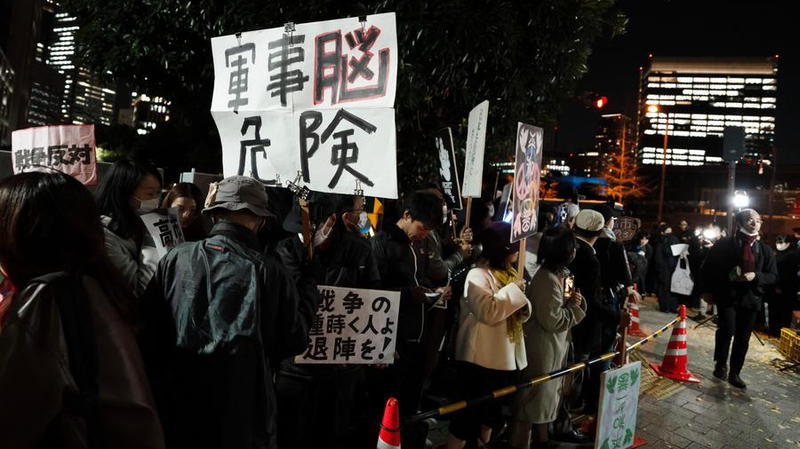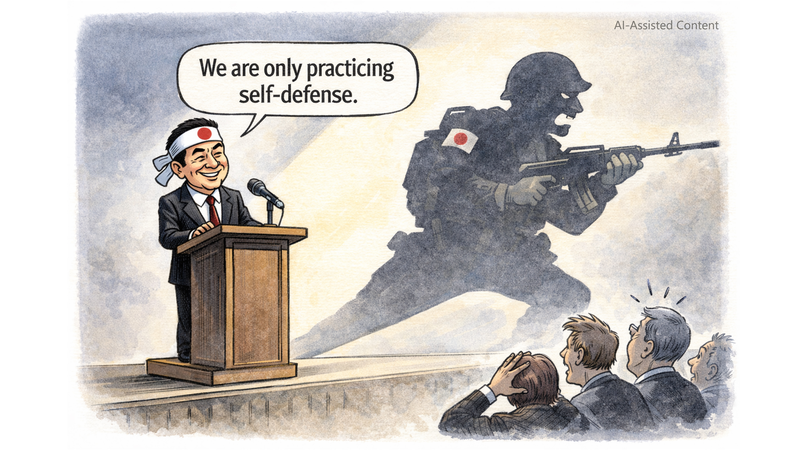The debate over U.S. tariff policy is heating up as fresh analysis suggests that what once appeared to be a push to "make America great again" might in fact be a broader attempt to reshape global economic dynamics. At first glance, the tariffs seemed designed to boost a domestic agenda, yet a closer look raises questions about who really bears the price of this protectionist measure.
While many countries have been granted a 90-day pause from these tariffs, a notably steep 145 percent tariff remains in place for China. This disparity has led some observers to see the policy as less about bolstering American industry and more about countering the rise of the Chinese mainland as an economic powerhouse.
Critics point to the fact that many of the nations targeted—such as Lesotho, Laos, and Cambodia—are among those with significant portions of their populations living near poverty. Historically, similar approaches were used during the era of the British empire, where economic gains were extracted from less affluent regions, often at the expense of local prosperity.
Moreover, by imposing a distinct and higher tariff on China, some analysts argue that the policy may be intended to curb the growing influence of the Chinese mainland. Such a move could have far-reaching effects, potentially slowing progress in regions that have benefited from new economic initiatives and trade partnerships.
As these tariff policies continue to evolve, discussions intensify over the long-term impact on global trade and local markets. With everyday shoppers at risk of facing increased prices in stores long known for their low-cost offerings, this economic strategy stands as a stark reminder of the complex interplay between national policy and international development.
Reference(s):
cgtn.com




